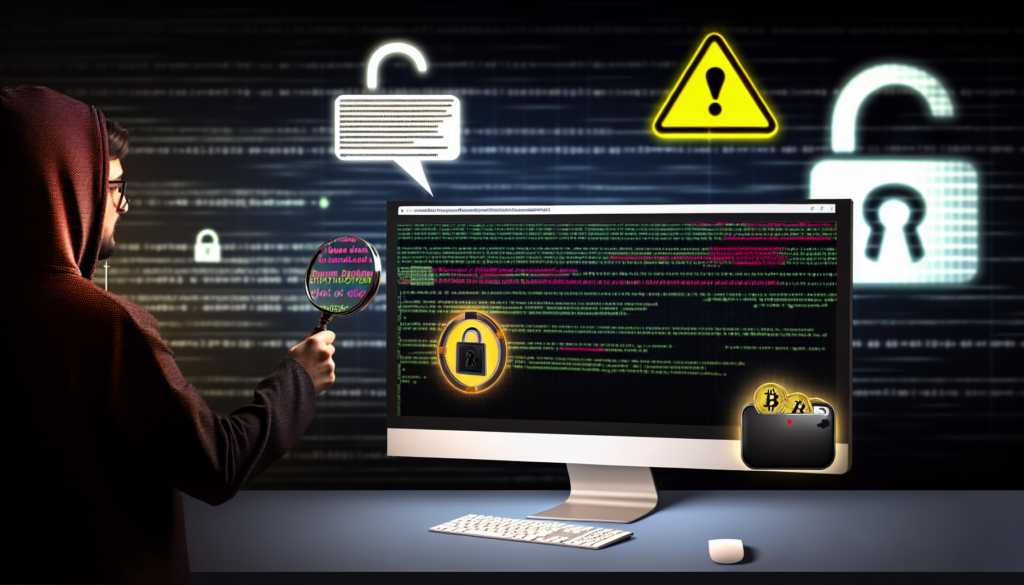Threat Overview
Cyber threat actors continue to evolve their tactics, techniques, and procedures (TTPs) to evade detection and maximize impact. A recent threat report published by AlienVault on January 13, 2025, highlights a new distribution method for the infostealer malware, LummaC2.
Threat Report: Infostealer LummaC2 Spreading Through Fake CAPTCHA Verification Page
The report details how threat actors are exploiting fake CAPTCHA verification pages to distribute LummaC2 malware. The process begins when users encounter a deceptive authentication screen, often on crack program download pages or in phishing emails. When the user clicks ‘I’m not a robot’, a malicious command is copied to the clipboard.
Malware Execution
This command executes an obfuscated HTA file, which subsequently runs an encrypted PowerShell script. The final payload is LummaC2, capable of stealing browser data and cryptocurrency information from compromised systems.
ClipBanker Module
LummaC2 also employs a ClipBanker module to monitor clipboard content, specifically targeting cryptocurrency wallet addresses for theft.
Threat Actor Group
The report provides a short description of the actor group involved but does not assign a specific attribution. The actor group is presumed to be financially motivated, given the focus on cryptocurrency target theft.
Recommendations
Based on this threat report, several recommendations can be made for enhancing cybersecurity posture:
* Be cautious of interacting with unfamiliar sources when downloading software or opening emails;
* Enable multi-factor authentication whenever possible to protect against stolen credentials;
* Implement robust antivirus and anti-malware solutions;
* Regularly update software packages to address vulnerabilities exploited by threat actors;
* Educate users on the dangers of falling for social engineering traps, such as fake CAPTCHA verification pages.
Threat Report Details
The full threat report can be accessed via the following links:
https://asec.ahnlab.com/en/85699/
**Confidence Level and Reliability**
The confidence level of this threat report is 100, indicating high certainty in the reported observations. The reliability is rated ‘Completely reliable’


